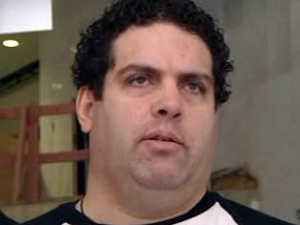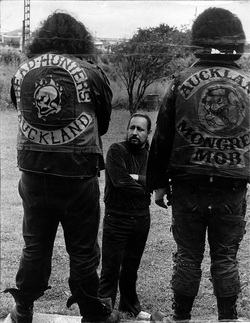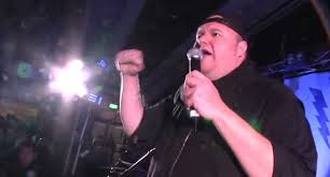
It’s a trick question: you don’t believe any of them. You simply look at the allegations and find which ones stack up and which ones don’t.
Let’s say the most credible person here is John Key. I suspect most would and I’m prepared to run with that, but even in this camp one can’t deny that there have been issues raised that should be tackled head-on. On Radio New Zealand this morning I couldn’t believe how disingenuously John Key tried to address them.
Indeed, he failed to meaningfully answer a single question in the probing interview by Guyon Espiner. Listen to it for yourself – if you have no time at least go to 6.15 and the discussion about the Justice Minister. If nothing else it is gold standard journalism.
Key sounded, dare I say it, like Richard Nixon - full of bluster but with uncomfortable secrets. Somebody please tell me, what the hell does Judith Collins have to do to be put out of her misery? He reminded me of a child trying to hide by simply covering up his eyes with his hands.
Even when given the opportunity to condemn Cameron Slater for some of his ugliest comments about a dead man and Christchurch’s earthquake ‘scum’, the prime minister refused to do that.
Where have Key's blindingly good political instincts gone?
People want answers, mate. Even just a few. Yip, some of the accusations may be wild nonsense but some are demonstrably not.
Right now we need something more from our prime minister than the chanting of one-liners designed to distract. Such lines work during a one or two-day scandal where you don’t have to repeat them over and over again until they sound like what they are: obvious spin. This morning I heard echoes from the grave: “I was not lying. I said things that later on seemed untrue.“
What effect this will have on the election remains unclear, the Labour opposition is too weak to take full advantage, but what is clear is that the Teflon gloss of John Key is damaged in the eyes of all but National’s true believers.








 RSS Feed
RSS Feed